The German flag has been in continuous official use since 1949 and is one of the most recognizable flags in the entire globe. The three horizontal bands of equal width that make up the flag are black, red, and gold, in decreasing order. It has a rich history, much like most other national flags. The German flag has changed over time, just as Germany’s boundaries and identity have.
In this article, we’ll examine the German flag’s design, colors, and symbolic significance in more detail.
Briefly About the Geography of Germany
Before exploring the history and meaning of the German flag, let’s first learn more about its geography. The Danube, Main, and Rhine river basins cut through the wooded hills and mountains in Germany’s central and southern areas. A broad plain that runs to the North Sea can be seen in the north as the topography flattens out. Germany is a country of great variation between these two extremes.
France, Luxembourg, Denmark, Belgium, Switzerland, Austria, the Czech Republic, the Netherlands, and Poland are the other nine countries that border Germany.
The largest and most well-known woodland region in Germany is located in the southwest, close to the Swiss border. This hilly area is known as the Black Forest and is covered in fir and pine trees. One of Europe’s longest rivers, the Danube, originates in this woodland. The main minority group is made up of Turkish immigrants who started coming to Germany in the 1950s to work.
Germany is often referred to as the “Land of Poets and Thinkers.” In many areas of the arts, but particularly in classical music, Germans are highly renowned. German composers like Bach, Brahms, Schumann, Wagner, and Beethoven are well-known.
Germany is in the Central European Time zone, which also includes Central European Summer Time. From the final Sunday in March (02:00 CET) through the final Sunday in October, daylight saving time in Germany is observed.
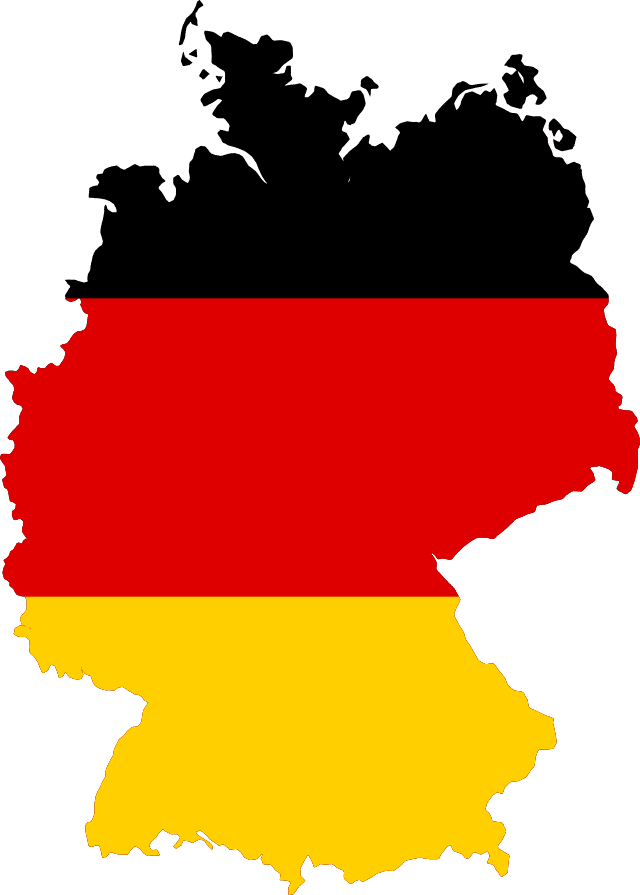
German Flag Colors
The color used in the flag is referred to as gold, not yellow. Conservatives, monarchists, and members of the far right criticized the black-red-gold tricolor when it was chosen as the Weimar Republic’s flag, calling the colors Schwarz-Rot-Gelb (black-red-yellow) or even Schwarz-Rot-Senf (black–red–mustard).
The Nazis quickly reinstated the black-white-red colors of Imperial Germany before 1918, and their propaganda apparatus proceeded to disparage the Schwarz-Rot-Gold by employing the same pejorative phrases that the monarchists had previously employed.
The use of “black-red-yellow” and similar terms had become illegal, according to the Federal Court of Justice (Bundesgerichtshof), after “years of Nazi agitation.” The German colors are black-red-yellow, but they are termed “black-red-gold,” as heraldist Arnold Rabbow once again stated in 1968.
Symbolic Meaning Of German Flag
The German flag’s colors are black, red, and gold. Although there are many theories for what these colors stand for, freedom and togetherness are frequently mentioned among them.
The Urburschenschaft of Jena, a student fraternity, used these colors for the first time on a flag in 1815, when they were linked to German nationalism and a single German state. During the Weimar Republic, the colors also stood for the centrist, democratic, and republican parties.
“From the blackness of slavery, through the gory conflicts, to the golden light of freedom,” was another interpretation of the colors of the German flag by student soldiers fighting against French dominance in the early 19th century.
Similar to the flags of France, Italy, Russia, Romania, and the Netherlands, the German flag is notable for being a tricolor. The tricolor motif first appeared in the 16th century and is a republican and libertarian emblem.
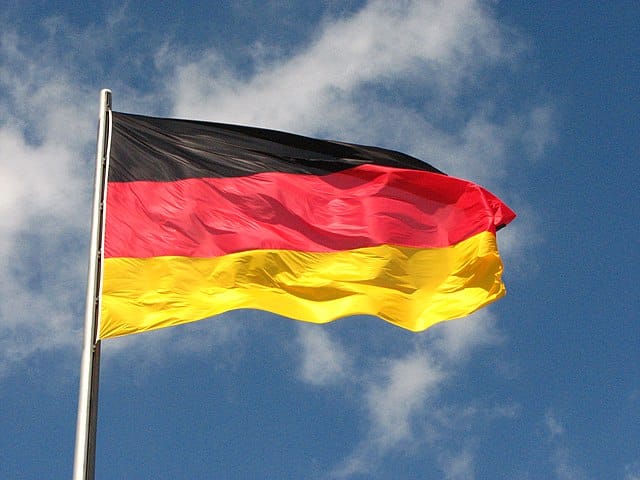
History of German Flag
The Lützow Free Corps, a volunteer unit that served alongside the Prussian Army during the Napoleonic Wars from 1813–1815, wore the three colors of the German flag before it was a unified country. Due to limited resources, the volunteer army primarily wore black uniforms because it was the simplest color to dye. Red trim and brass buttons were also utilized by the force. Later, the uniform’s colors were utilized informally for decades as a representation of German nationalism and republicanism.
A tricolor of black, white, and red was flown from 1867 to 1918, the period of the North German Confederation and the German Empire. The Austrian monarchy was not a part of the German state, as evidenced by the flag’s lack of gold.
From 1866 on, it started to seem plausible that Prussia would lead a united Germany. When this ultimately occurred, Bismarck pushed for the adoption of black, white, and red as the new national flag. The historic colors of Prussia were black and white, with the red of the Hanseatic towns added. Black, white, and red were first of all of little more than minor significance in comparison to the highly traditional colors of the various states in terms of German popular opinion and the official practice of the federal states. However, the adoption of the new imperial colors grew slowly. These began to rule under the reign of William II.
Germany’s national flag was black, white, and red until 1918 when World War I came to a conclusion. The Weimar Republic established the tricolor of black, red, and gold as the official flag of Germany in its constitution in 1919. This persisted until 1933 when the Nazi Party took over.
Following 1919, the specification of the flag colors divided not just the Weimar National Assembly but also the majority of the German populace, who opposed the substitution of the Imperial Germany colors with black, red, and gold.
Finally, a compromise was agreed upon by the National Assembly: “The Reich colors shall be black, red, and gold; the ensign shall be black, white, and red with the Reich colors in the upper hoist quarter.” It was challenging for black, red, and gold to become popular in the Weimar Republic due to their lack of acceptability among significant segments of the domestic population.
Germany flew the same black, white, and red tricolor of the German Empire while Adolf Hitler and the Nazi Party were in power. The Allied Control Council of Germany forbade the use of this flag following the conclusion of World War II in 1945.
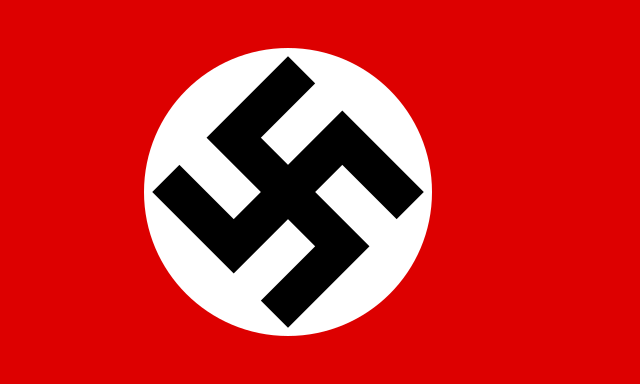
East and West Germany Flags
Following World War II, the region of Germany which had been governed by the US, UK, and France was divided from the region that had been ruled by the Soviet Union. Flags were altered as a result of Germany’s division into East and West.
The black, red, and gold tricolor of the past was finally chosen to be re-adopted as the flag of West Germany to establish a connection with the former Weimar Republic, even though there were several flag design ideas.
From 1949 until 1959, the East German flag was the same as the West German one. The East German coat of arms, which consists of a hammer and compass, was added to the flag’s center in 1959. This flag was frequently used after Germany was reunited, with the insignia in the middle removed.
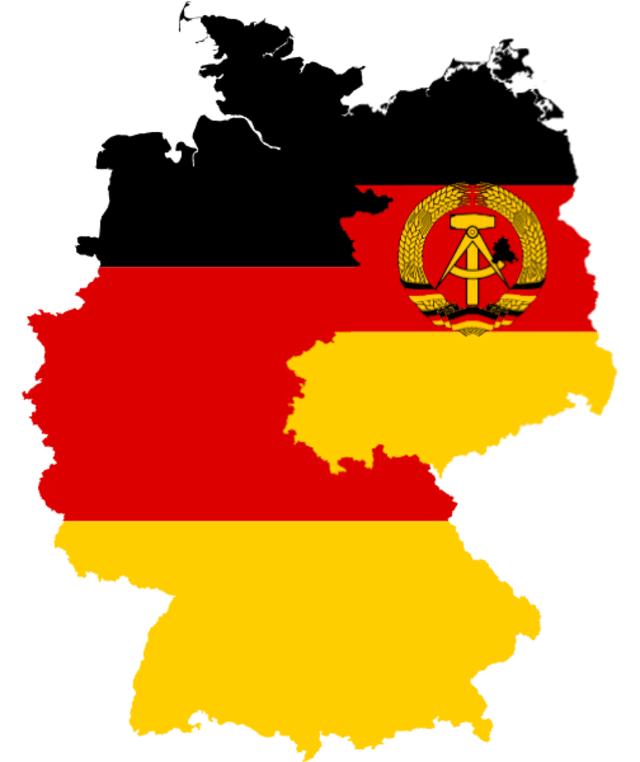
Current German Flag
The black-red-gold flag was re-adopted as the German flag for the Federal Republic of Germany (West Germany) on May 9, 1949, following significant discussion.
The identical flag was flown by the German Democratic Republic (East Germany), but on October 1, 1959, a communist emblem hammer that symbolized the workers and a pair of compasses that symbolized the intellectuals were added to the center of the flag. This persisted until 1990 when the former GDR’s territory was reunited with the Federal Republic of Germany.
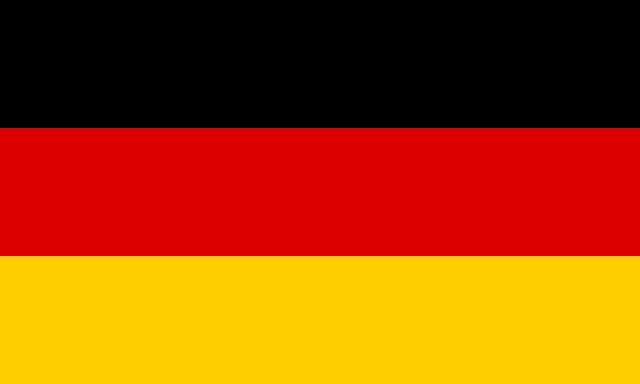
Current German Flag’s Association With Nazi Party
Since World War II, the usage of the flag and other national symbols in Germany has generally been low as a reaction to the Nazi Party’s extensive use of flags and against general patriotic fervor. Public use of the flag significantly rose during the 2006 FIFA World Cup, which was held in Germany.
Many Germans originally responded to the proliferation of the flag in daily life with a combination of amazement and trepidation. By the end of the tournament, both Germans and non-Germans agreed that the long-held concern that German flag-waving and national pride were inextricably linked to its Nazi past had been dispelled. Most flags vanished after a tournament ended since many Germans saw flying their flag as indicating support for their own team, sometimes as a result of official actions.
The use of the German flag has gradually grown since Germany’s World Cup win in 2014. In the years that followed, important athletic events were typically the only time German flags were flown, even outside stadiums. The German flag once again became more prevalent, but also more divisive, in daily life as nationalist currents arose and used it as a symbol of their nationalism. The employment of colors is still tentative in mainstream society.
Bottom Line
The color scheme of the German flag really has a history dating back at least 200 years. Today, the flag stands for a legacy of liberty and democracy but getting there was a difficult and convoluted journey. The black-red-gold triad’s origins have traditionally been attributed to the Middle Ages. Although a black eagle with red legs on a gold backdrop might be seen on the coat of arms of the Holy Roman Empire of the German Nation, such hues were not the imperium’s official ones.